Squarespace vs WooCommerce (Feb 2022): The Battle of The eCommerce Platforms
Ecommerce Platforms
FEBRUARY 7, 2022
For instance, inventory, order management, product pages, payment methods, shopping carts, and much more. WooCommerce also doesn’t impose any transaction fees, nor does it limit your eCommerce features. However, depending on which plugins you opt for, they may also come at an additional monthly cost. Go to the top.


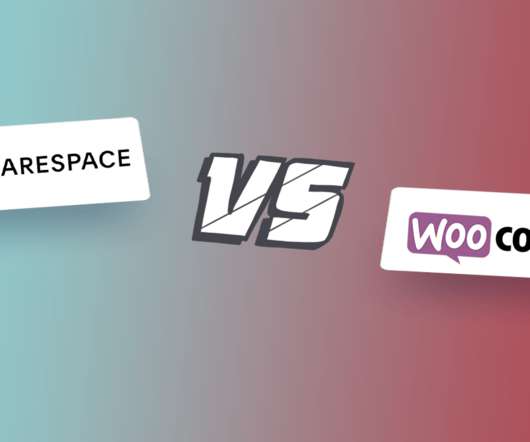
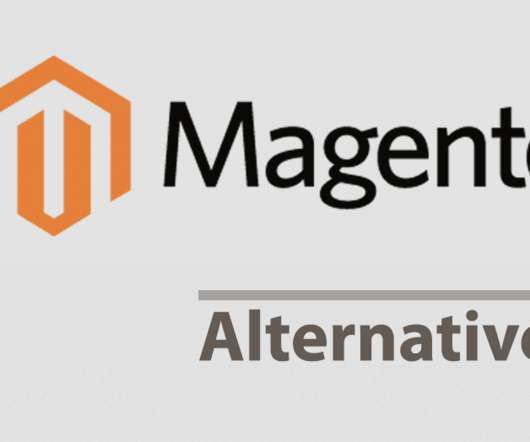
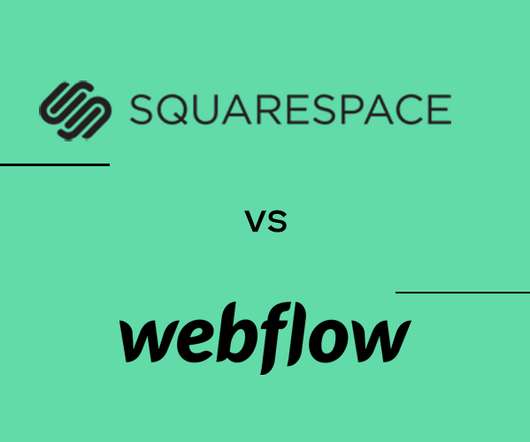
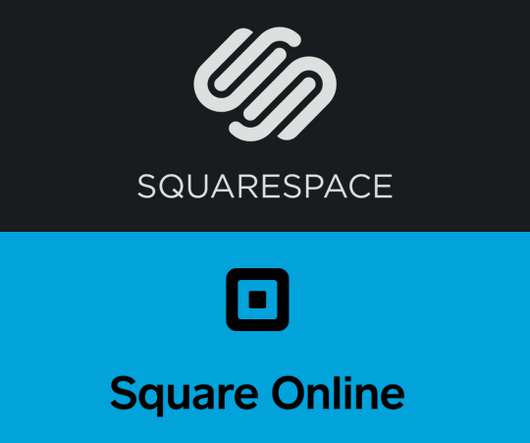
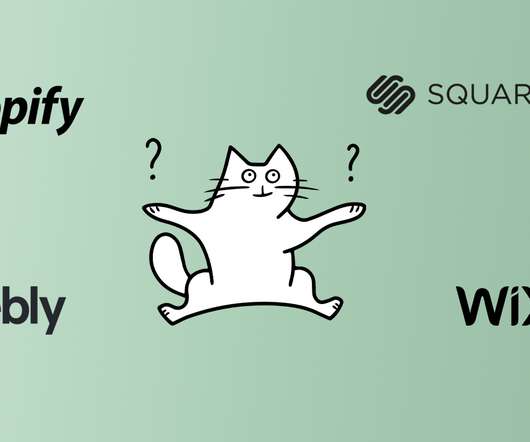




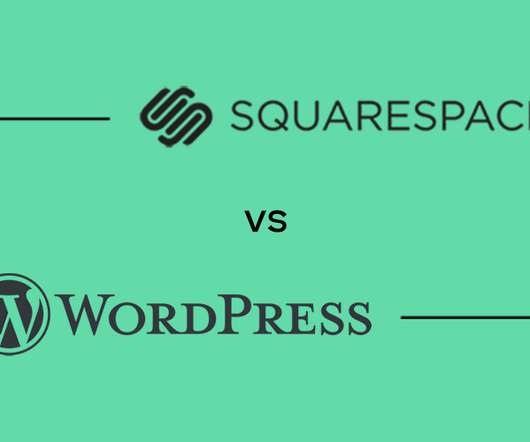



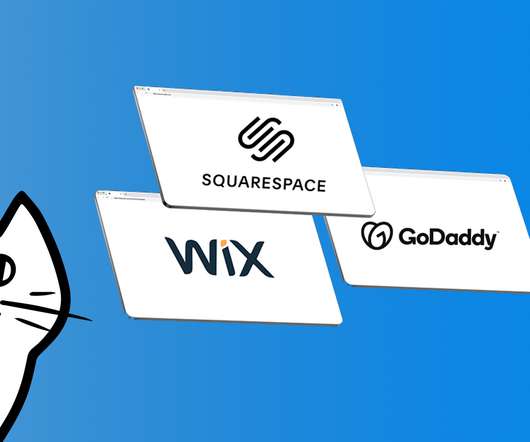






Let's personalize your content